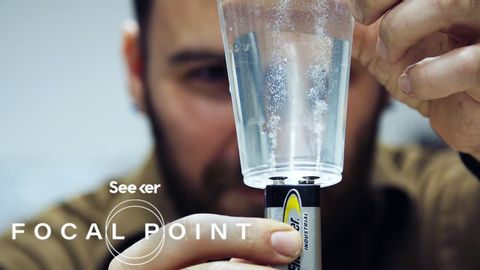
Subtitles & vocabulary
Inside the Lab That's Turning Moon Water Into Rocket Fuel
00
林宜悉 posted on 2020/03/25Save
Video vocabulary
technique
US /tɛkˈnik/
・
UK /tekˈni:k/
- Noun (Countable/Uncountable)
- Way of doing by using special knowledge or skill
- The skill or ability to do something well.
A2TOEIC
More sustainable
US /səˈsteɪnəbl/
・
UK /səˈsteɪnəbl/
- Adjective
- Capable of continuing for a long time
- Able to be maintained without running out of
B2
More spot
US /spɑt/
・
UK /spɒt/
- Noun
- A certain place or area
- A difficult time; awkward situation
- Transitive Verb
- To see someone or something by chance
A2TOEIC
More environment
US /ɛnˈvaɪrənmənt, -ˈvaɪən-/
・
UK /ɪn'vaɪrənmənt/
- Noun (Countable/Uncountable)
- Natural world in which plants and animals live
- The entire surrounding conditions of something
A1TOEIC
More Use Energy
Unlock All Vocabulary
Unlock pronunciation, explanations, and filters
